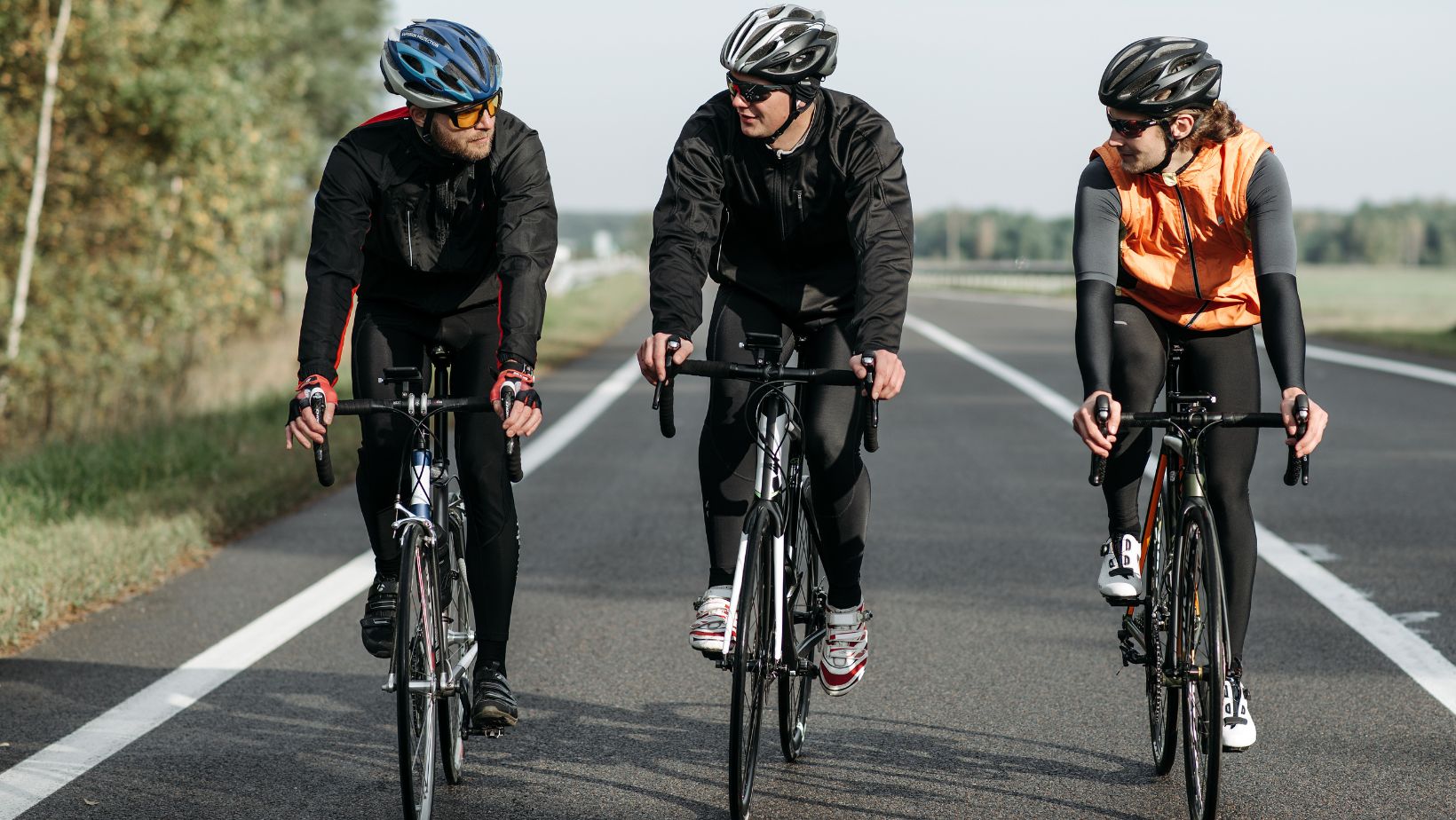Can You Ride A Bike On The Shoulder Of A Highway
Riding a bike on the shoulder of a highway may seem like a convenient option, especially when traffic is heavy or roads are congested. However, it’s important to understand the consequences that come with this decision.
First and foremost, it’s crucial to know that laws regarding biking on highways vary from state to state. While some states allow bicycles on highway shoulders, others strictly prohibit it. Therefore, before considering such an action, familiarize yourself with the specific regulations in your area.
Even if biking on the shoulder is permitted, there are still potential risks involved. Highways are designed for fast-moving vehicles and often lack dedicated infrastructure for cyclists. This means you’ll be sharing space with large trucks and cars traveling at high speeds. The narrowness of most highway shoulders can put you at risk of being sideswiped or involved in accidents caused by distracted drivers.
Additionally, riding on the shoulder increases your exposure to exhaust fumes and debris kicked up by passing vehicles. These factors can negatively impact your health and safety while cycling.
In conclusion, while it may be tempting to ride a bike on the shoulder of a highway for convenience purposes, it’s essential to consider both legal restrictions and potential hazards associated with this choice. Always prioritize your safety by adhering to local laws and seeking alternative routes or designated bike paths whenever possible.

Safety Regulations for Bicycles on Highways
When it comes to riding a bike on the shoulder of a highway, there are important safety regulations that cyclists need to be aware of. These regulations are in place to ensure the safety of both cyclists and motorists. Let’s take a closer look at some key guidelines:
- Know the local laws: Before hitting the road, familiarize yourself with the specific laws and regulations regarding cycling on highways in your area. Different states and countries may have varying rules, so it’s crucial to understand what is allowed and what isn’t.
- Stay on the shoulder: If permitted, riding on the shoulder can provide a designated space for cyclists while keeping them separated from vehicular traffic. However, it’s essential to remember that shoulders are not specifically designed for cycling, so caution must be exercised at all times.
- Visibility is key: Ensure that you’re easily visible to other road users by wearing bright or reflective clothing during daylight hours and using lights or reflectors during low-light conditions or at night. This helps drivers spot you from afar and reduces the risk of accidents.
- Follow traffic laws: Treat your bicycle as any other vehicle on the road and obey all traffic laws such as stopping at red lights and stop signs, signaling turns, yielding when necessary, and maintaining an appropriate speed.
- Be predictable: Maintain a consistent line of travel while riding on the shoulder to minimize confusion among motorists. Sudden movements or erratic behavior can increase the chances of collisions.
- Stay alert: Keep your focus sharp by constantly scanning your surroundings for potential hazards like debris, potholes, or uneven surfaces that could cause accidents. Additionally, be mindful of parked cars opening doors unexpectedly or pedestrians crossing near highway entrances/exits.
- Use hand signals: Signaling your intentions allows motorists behind you to anticipate your next move accurately. Use clear hand signals when turning left, right, or stopping to communicate your intentions effectively.
Remember, while riding on the shoulder of a highway may be allowed in certain areas, it’s important to prioritize safety at all times. Understanding and following these regulations can help ensure a safer experience for both cyclists and motorists on the road.


